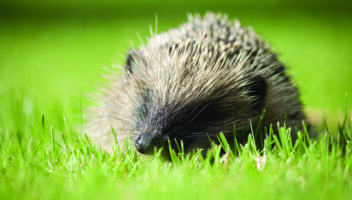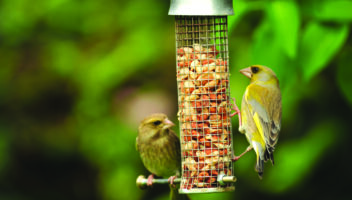For many of us, our gardens really start to come back to life from their winter dormancy in mid to late March – depending, of course, on the weather. At this time, spring-flowering hellebores will have buds coming up, snowdrops will be flowering and daffodils will be on the way.
There are many good early-flowering perennials, such as bergenia, pulsatilla and pulmonaria as well as hellebores. But most garden perennials are still putting on vegetative growth, having died back over the winter. Really, the spring months belong to the shrubs.
Read our guide to the best shrubs for brilliant spring flowers and foliage.
Shrubs for Spring Foliage
Acer
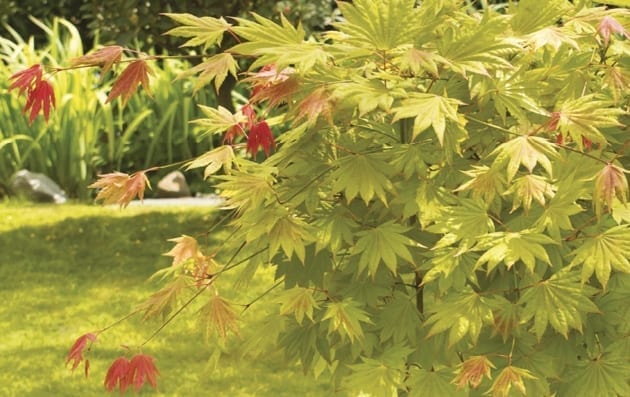 Acer shirasawanum ‘Moonrise’
Acer shirasawanum ‘Moonrise’
Japanese maples have so much going for them as all-year-round shrubs or trees for the smaller garden. They offer dappled shade from attractive foliage in the summer, striking autumn colour and winter stems. In the spring, most varieties will put on brightly-coloured new foliage. There are too many great varieties to name, but one Hillier favourite is Acer shirasawanum ‘Moonrise’, with beautiful pink-tinged new growth maturing to lime green in the summer and butter yellow come autumn.
Most acers prefer slightly acid soil but will perform in neutral conditions reasonably well. They need little pruning beyond trimming out any damaged or dead stems in March.
Photinia
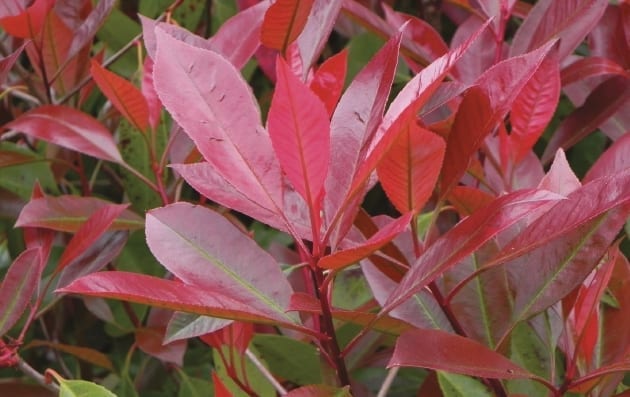 Photinia x fraseri ‘Red Robin’
Photinia x fraseri ‘Red Robin’
Photinia are evergreen shrubs of medium to large size that typically have tough, mid-to-dark green leaves although there are also some good variegated varieties now. Photinia responds well to pruning and makes a very good hedging plant – a good alternative to cherry laurel, although it also needs regular trimming to keep it in check.
The best-known variety is Photinia x fraseri ‘Red Robin’, or for smaller spaces try the compact dwarf version, P. ‘Little Red Robin’. In the spring, as it wakes from dormancy, the new shoots are bright red and upright.
Pieris
 Pieris ‘Flaming Silver’
Pieris ‘Flaming Silver’
Pieris japonica are woodland plants that are native to Japan and need acidic soil to thrive. They do well in part shade and are useful to bring colour to an otherwise drab area of the garden.
Most varieties of pieris hold bud through the autumn and then flower in winter or early spring. Most are white-flowered although pinks and reds are becoming more common. The main spring show, though, is the new foliage. Many varieties have names referencing fire. P. ‘Forest Flame’ and P. ‘Flaming Silver’ are two beautiful varieties. The new shoots appear in shades of red, orange and pink like candle flames above the older leaves. A spectacular spring bonfire of colours.
Shrubs for Spring Flower
Kerria
 Kerria japonica ‘Pleniflora’
Kerria japonica ‘Pleniflora’
A lovely early flowerer with golden-yellow single or double blooms which will go on producing for up to six weeks. The stems can be a bit untidy in smaller plants, but once mature this is a fabulous spring shrub and a great option instead of Forsythia as a stand-alone plant.
Some top varieties include ‘Pleniflora’ with ruffled double flowers, each around an inch across and ‘Golden Guinea’ with single flowers borne in abundance.
Chaenomeles
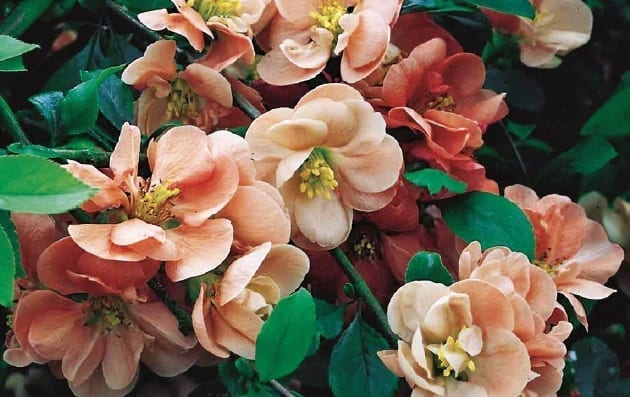 Chaenomeles speciosa ‘Geisha Girl’
Chaenomeles speciosa ‘Geisha Girl’
The ornamental quince is a lovely shrub for the border or for training against a wall. It flowers in early spring on bare branches and holds in flower for a good period. Flower colour ranges from white through oranges to reds and pinks and in the autumn, you will have the added bonus of yellow-green fruit. The stems carry sharp spines, so take care when planting or pruning.
These are not true quinces (which are the fruit of the tree Cydonia oblonga) but are edible and make a fragrant, pink-tinged jam or jelly.
Magnolia
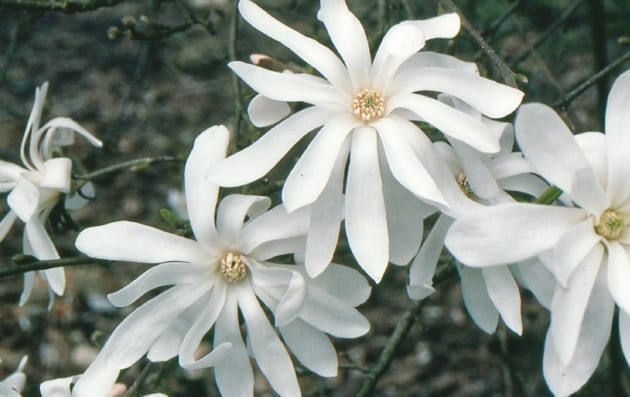 Magnolia stellata ‘Royal Star’
Magnolia stellata ‘Royal Star’
This family of much-loved shrubs or small trees includes both deciduous and evergreen species. The deciduous types are famed for their spring show and modern varieties are consistent flowerers in all but the worst cold spells.
Magnolia stellata varieties such as ‘Royal Star’ and ‘Waterlily’ have generally white, star-shaped flowers while M. liliflora and M. loebneri varieties such as ‘Leonard Messel’ and ‘Susan’ have cup-shaped blooms and offer a range of colours in pinks and purples. Rarer varieties with yellow flowers are becoming more available – look out for a variety called ‘Yellow Bird’. Evergreen Magnolias (varieties of M. grandiflora) are better suited to a Mediterranean climate and are rather more sporadic in their flowering.
Daphne
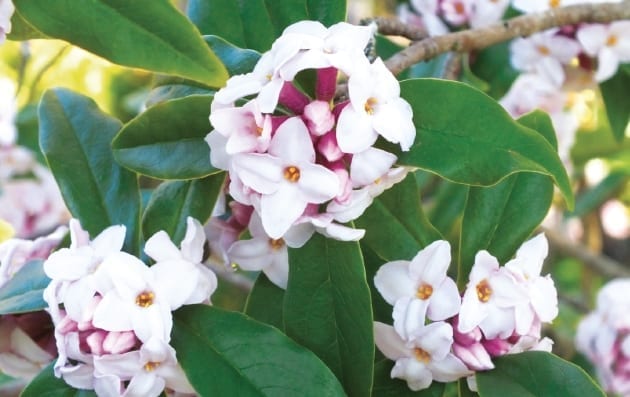 Daphne ‘Jacqueline Postill’
Daphne ‘Jacqueline Postill’
In the opinion of many, the best spring-flowering shrub of all. Daphne flowers are typically small, white or pink and extremely highly scented. Paradoxically, they are quite straightforward in the garden despite being very difficult to produce commercially, which means they command quite a high price.
Over the years, Hillier Nurseries have bred a number of Daphne varieties and some remain amongst the best-loved today. Daphne ‘Jacqueline Postill’ is named for the wife of Alan Postill, our propagator of many years who bred it in 1982.



